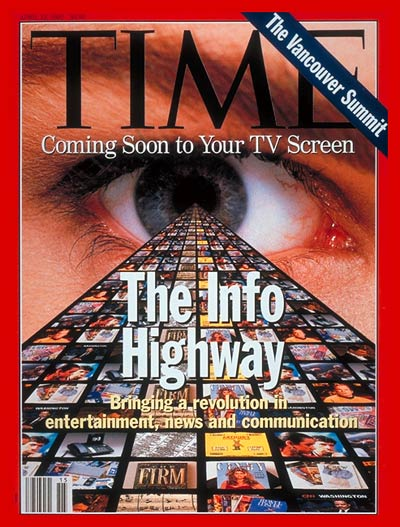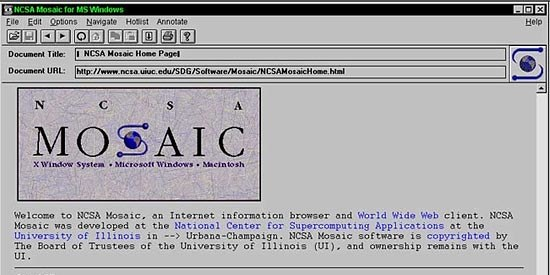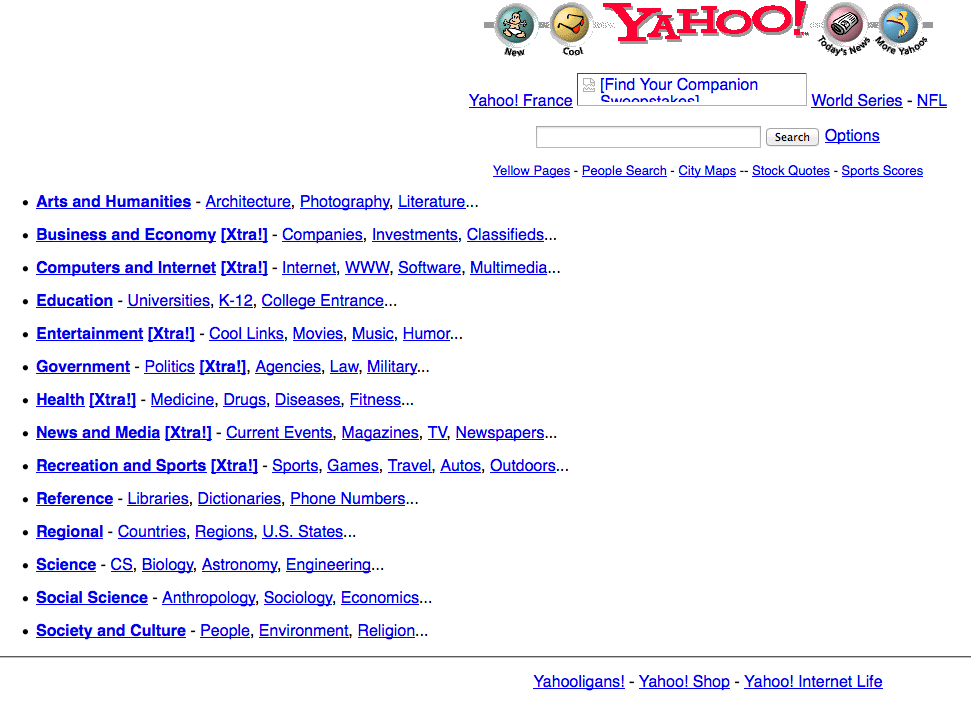Latest news about Bitcoin and all cryptocurrencies. Your daily crypto news habit.
This article is part of the Internet vs Blockchain Revolution Series. If you are interested in reading the other articles, check out this post.
The early successful products during the Internet and Blockchain Revolution were the ones that abstracted the technicalities of the technology and provided convenience to the early adopters. This article will go over the origin of the Internet and discuss some of the products that quickly became popular during the early technological cycle.

Interestingly in the early days of the Internet, the large firms, including Microsoft and Comcast, had a wrong focus and believed that the future was on TV and the Information SuperHighway, the idea of an interactive Smart TV, in which you could purchase things from home, interact with each other through video chats, rent movies, etc… all the things that we can do today on our computer instead. This misdirection happened because, at the time, computers had a very small adoption rate compared to TVs, which existed for more than 60 years and was present in everyone’s home. Additionally, the first version of the web wasn’t meant to be used by the general population but required an understanding of Unix systems and command lines, in which AOL thought that building websites and hoping people will find them was a “leap of faith”. Indeed, the Internet was introduced in the military during the Cold War-era as a communication system that can withstand nuclear attacks (ARPANET), and later, introduced by DARPA, served as a research discussion and peer reviews platform in academic research centers. What people generally didn’t realize, is that the Information Superhighway was already there, but it was going to happen on the computer instead and the first successful products were the ones that provided an easy and convenient way for the general population to access the new technology.

In the early 1990s, a part-time student at the National Center for Supercomputing Applications (NCSA), Marc Andreessen, saw the potential of bringing the Internet to the general public and wanted to create a simpler, more user-friendly browser that allows regular users to navigate the web as comfortably as navigating their personal computer, the Mosaic browser. From 1993 to 1994, the number of websites started to grow from hundreds to tens of thousands and Mosaic quickly became the biggest thing on the web with 3 million users. In a way, one could argue that the Mosaic browser helped on the adoption of the web in a chicken-and-egg type of relationship, as it truly opened up the access of the Internet technology to the general population. Marc Andreessen, later on, created Netscape (1994), a competing Internet browser, but as a for-profit private company. Netscape reached 38 million users in eighteen months and IPO’d in record time, becoming the fastest growing company in history, and the first dot-com company. Silicon Valley and Wall Street were immediately captivated by the rapid success of Netscape, triggering the “Internet Big bang” in which a cascade of tech startups will try to follow a similar path.

In the blockchain world, Bitcoin (2008) was the first application of the technology and the first wave of users was also more on the technical savvy side. Back in the early years of cryptocurrency, there wasn’t a simple way for the general population to access and exchange Bitcoin. Then came Coinbase in 2011, which solved three major pain points: storage, send/receive, and fiat-exchange of cryptocurrencies. By making cryptocurrency more accessible to the general population, Coinbase quickly became the mainstream on-ramp for crypto investors, with over 13 million users by the end of 2017, becoming the first cryptocurrency “Unicorn”. The success of Coinbase is analogous to Mosaic/Netscape in the way it helped making a new technology more accessible to the mainstream population through a user-friendly product, stripping away the technical complexities of owning cryptocurrencies.

Along the same line as Mosaic, Yahoo (1995) is another example of a successful company that quickly became popular because of the convenience it brought to the first Internet users by providing important information. When new websites began to appear daily, two Ph.D. students at Stanford, Jerry Yang and David Filo, started collecting, trading and posting their favorite website links on their school’s website as a hobby. Little did they know, their public directory provided tremendous value to the first Internet users and quickly became popular from word-of-mouth, that eventually Netscape, already the most popular browser back then, added Yahoo page to its browser. In the blockchain industry, although a general search engine for different blockchain transactions might not be as useful for the day to day users, a dashboard listing and tracking all the existing cryptocurrencies proved to be very convenient for early adopters. Therefore in the crypto world, CoinMarketCap is most analogous to the early Yahoo, which allowed users to easily find the most popular links/cryptocurrencies. Launched in 2013 with only seven coins and a couple of exchanges and markets, it now tracks over 1600 cryptocurrencies and 200 exchanges, quickly becoming the most popular go-to site for crypto traders (according to Alexa, CoinMarketCap is the 174th most visited site since the start of 2018 with 60M unique visitors).
In conclusion, the lack of initial adoption and technical barriers masked the potential of the Internet, in which many large companies had underestimated its potential and focused on the existing TV market instead. The early successful products during the Internet and Blockchain revolutions are the first movers who abstracted a lot of the technical components, providing user-friendly access to the new technology, or brought convenience to the first wave of users.
— —
The Internet Revolution facts are based on the book “How the Internet Happened”, written by Brian McCullough. Mark Twain once said, “History doesn’t repeat itself, but it does rhyme”. We are attempting to draw some similarities between the Internet and Blockchain Revolutions, to help entrepreneurs and investors better understand technological life cycles. Please leave your thoughts and comments below, and hope this article series will have provided some valuable perspectives about the Blockchain industry.
Author: Remi Gai
Sources:“How the Internet Happened”, written by Brian McCulloughhttps://cryptobriefing.com/coinmarketcap-5-years-new-app-brand/https://en.wikipedia.org/wiki/Coinbase
Internet vs Blockchain Revolution: Early Successful Products (Part 1) was originally published in Hacker Noon on Medium, where people are continuing the conversation by highlighting and responding to this story.
Disclaimer
The views and opinions expressed in this article are solely those of the authors and do not reflect the views of Bitcoin Insider. Every investment and trading move involves risk - this is especially true for cryptocurrencies given their volatility. We strongly advise our readers to conduct their own research when making a decision.